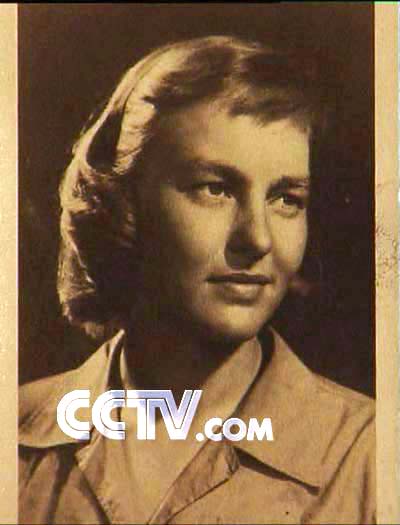1953年的一期美国《真相》杂志刊登了一篇文章,题目是“一个逃掉的原子间谍”,文章披露了上个世纪40年代,曾参与过美国最早的原子弹计划的女物理学家,joan Hinton,突然失踪而后在中国北京露面的故事,他的作者怀疑joan Hinton,和丈夫到了中国之后,向中国透露了美国的原子弹秘密,并且有可能协助中国**发展自己的原子弹计划,这篇报道把joan Hinton 随丈夫来中国这件事,描绘成了一个充满迷团的案件,读起来像是一部惊心动魄的间谍小说,这位美国女物理学家joan Hinton 早已有了一个中国名字:寒春,她的丈夫sid Engst叫阳早,他们俩人近50年来,已经远离了核物理研究和过去的是是非非,在北京郊区的一个养牛场里,过着忙碌的生活.

直到1977年,寒春才被美国**允许回国探亲,她当年来到中国的时候,是一位20多岁的年轻有为的物理学家,而她第一次回到美国的时候,却是一位60多岁的北京郊区的养牛技术员,她和丈夫阳早的一生,大部分时间都是在中国这块土地上度过的,而他俩都坚定地认为:和周围普通的中国人相比,除了长相之外,他们感觉自己就是地地道道的中国人.
=====================================

寒春
“后悔?你为什么总问我是不是后悔?我不后悔。”
还在微笑的寒春听到这样的问题,便突然恼怒起来,然后她用蓝色的眼睛直视着你,不再说话。
这是2005年的初夏,北京郊区农场一个普通小院,83岁的美国人寒春此时正倚在自己熟悉的椅子中。天气闷热,身体虚弱的老人依然戴着帽子,穿着厚厚的蓝格子衬衣。阳光透过身边白杨树茂密的枝叶打在她苍老的脸上,斑驳而模糊。
“快60年了。”她突然说。随后又说了一遍。
这个头发蓬乱,语气低缓,目光安详的老人看起来委实不像传说中的“女间谍”。不过,在52年前的美国,她曾被称为“叛逃者”,一个带着原子弹机密跑到“共产党中国”的核物理学家。
事后证明这只是一个毫无根据的猜测,这个曾经参加过“曼哈顿工程”的年轻物理学硕士的确在1948年到了中国,但从那时起她的身份就从物理学家变成了畜牧专家。

 扫码加好友,拉您进群
扫码加好友,拉您进群